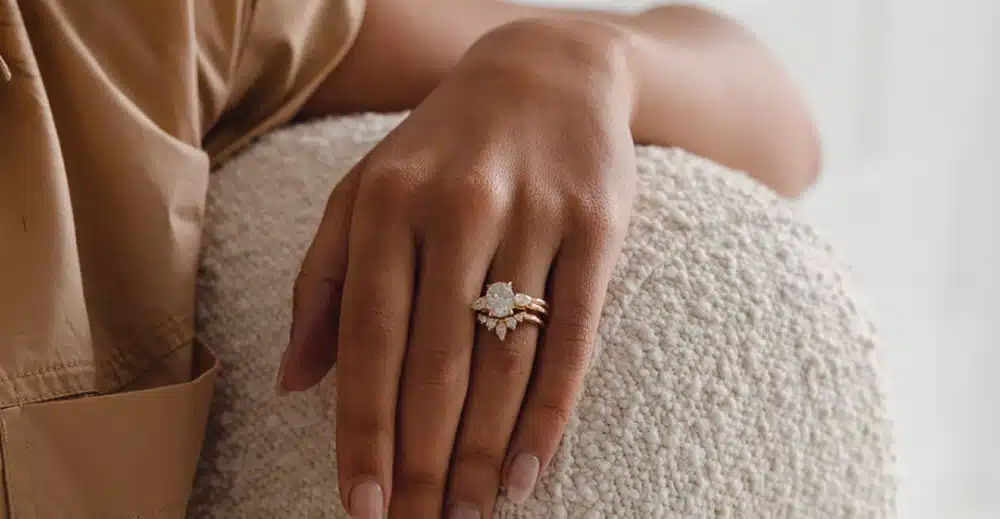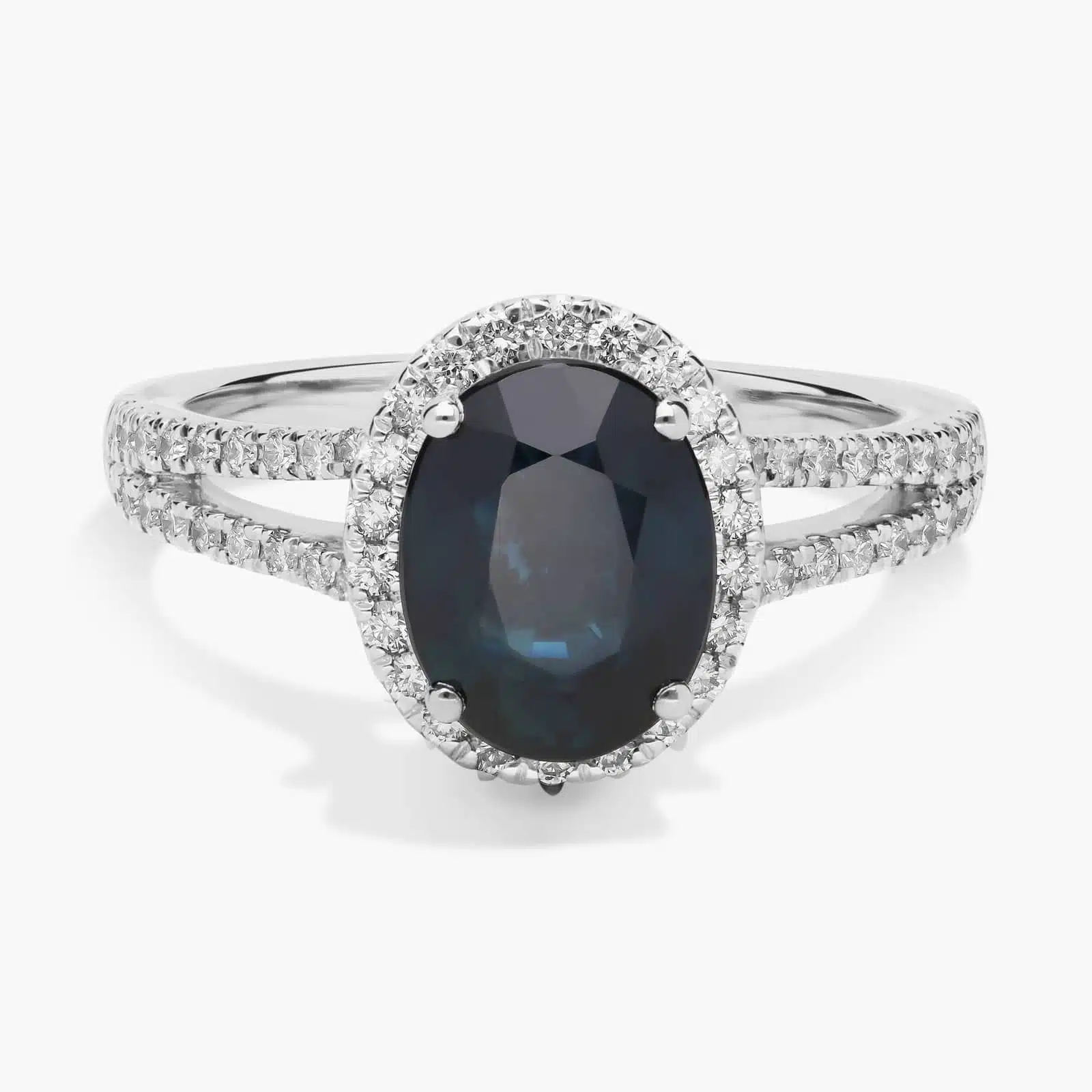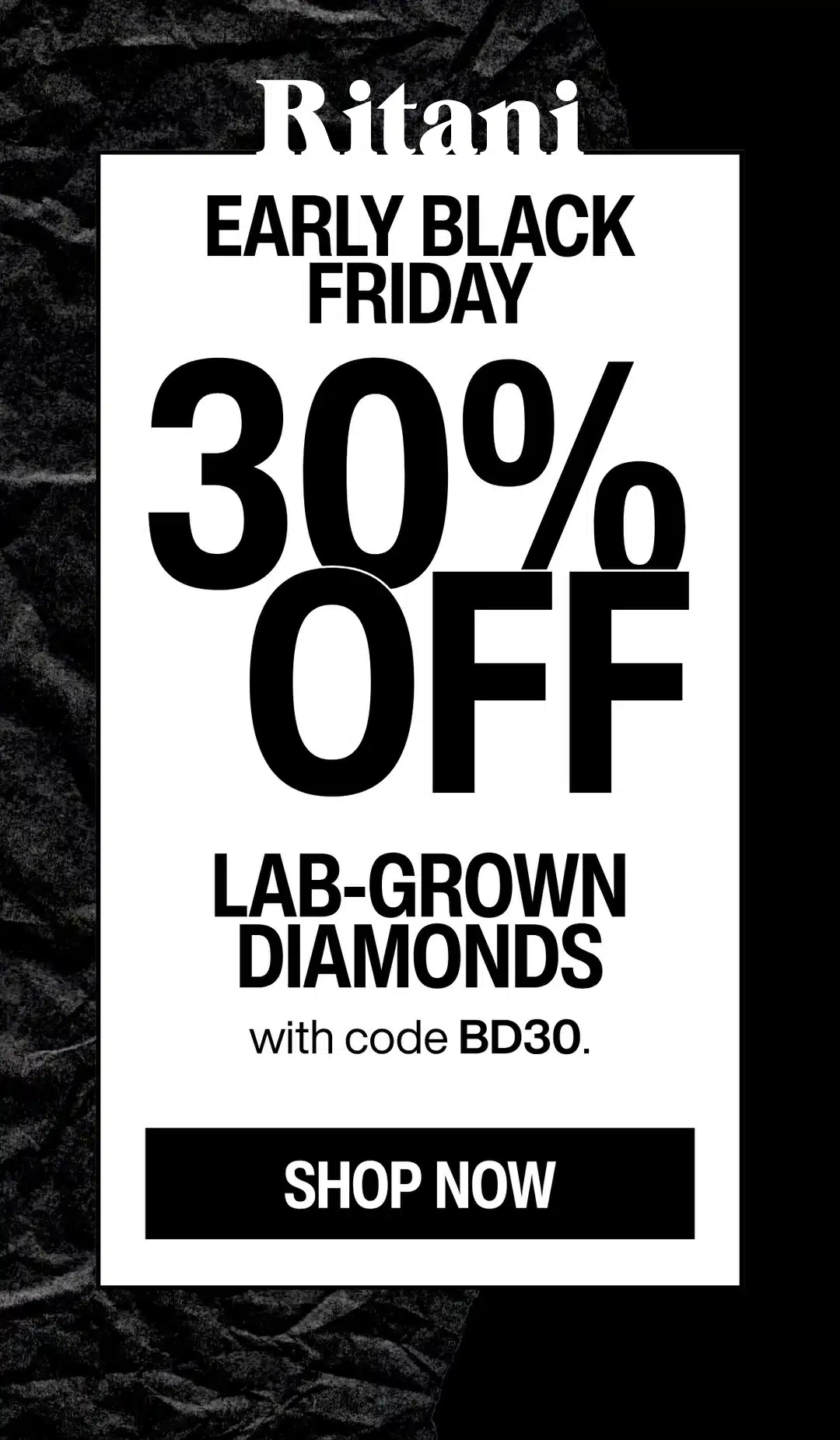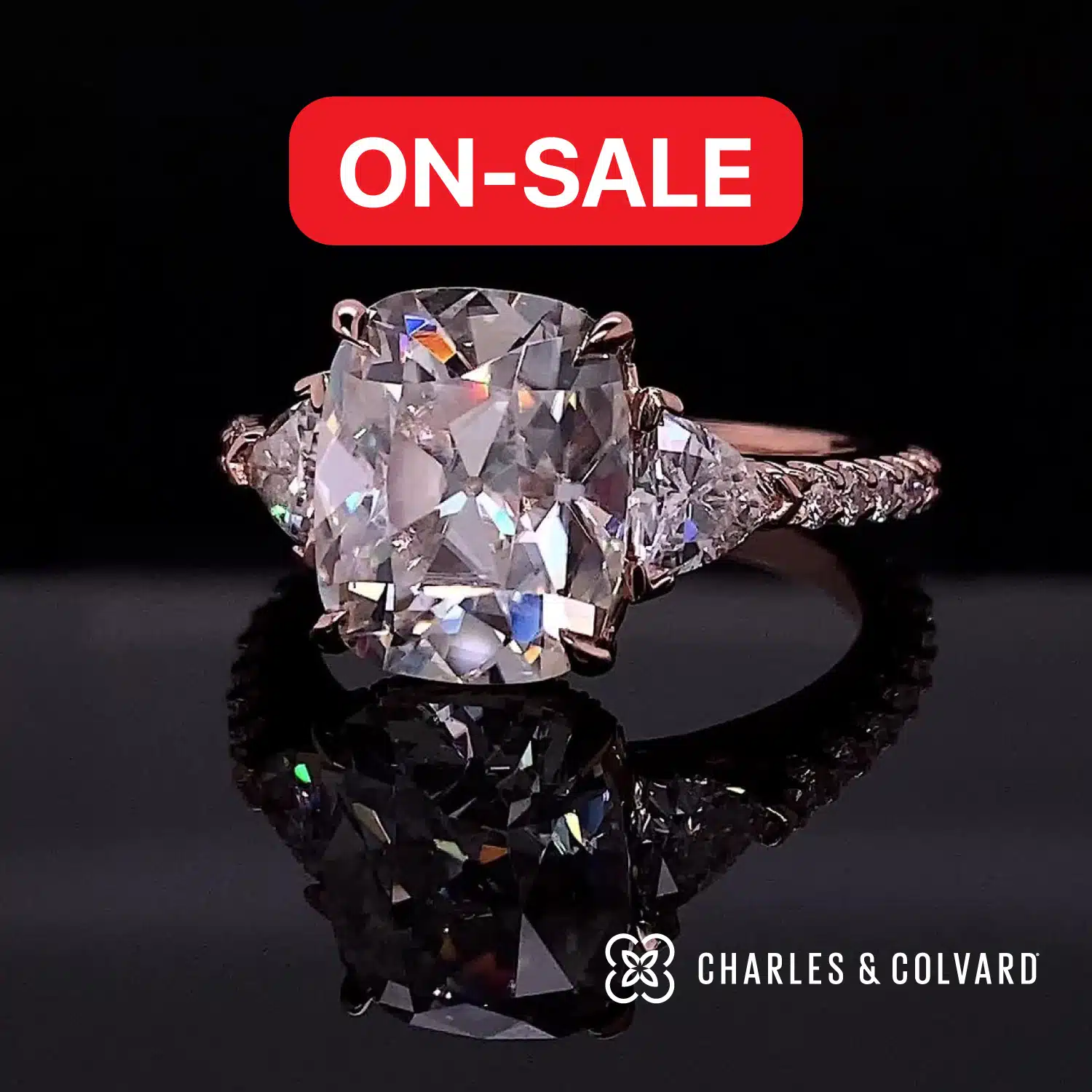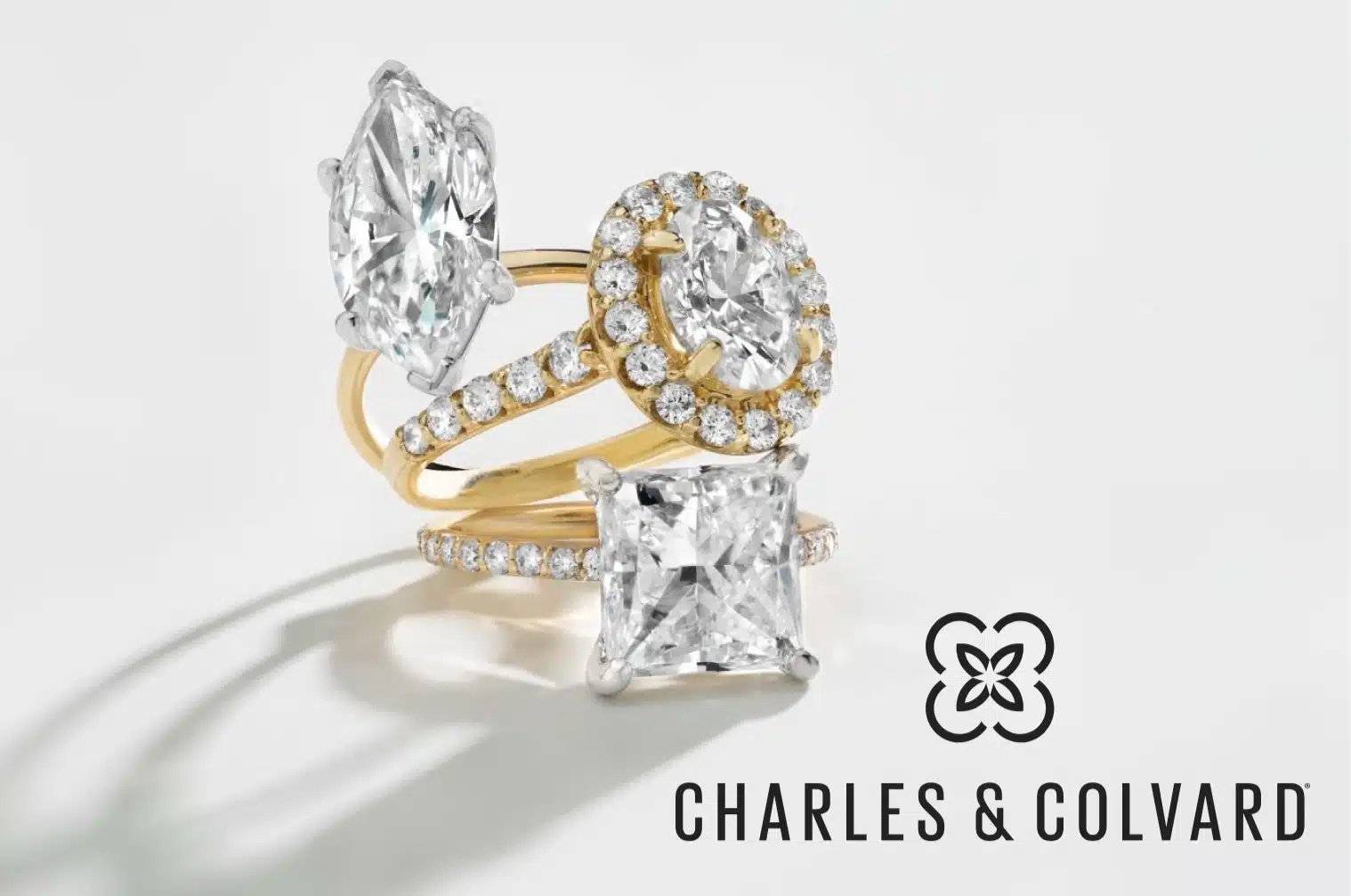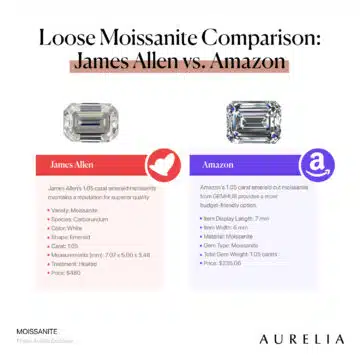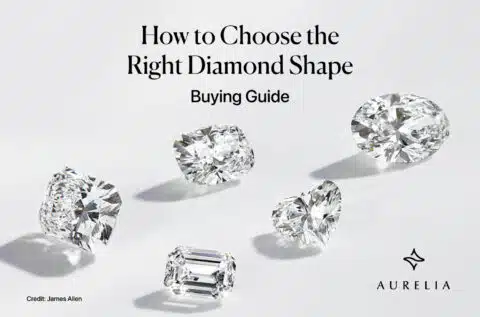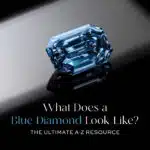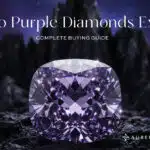Why settle for a gem that fades when you can choose Moissanite, a gem with a Moissanite hardness of 9.25 on the Mohs scale that shines through life’s demands? This eco-friendly marvel offers near-diamond durability at a fraction of the cost, making it a favorite for engagement rings and daily wear.
The Mohs scale measures a gem’s ability to resist scratches, and Moissanite ranks among the toughest. Want to know what this means for your jewelry? We’ll unpack the Mohs scale, explore Moissanite’s 9.25 rating, and compare it to diamonds and other gems.
From tips for daily wear to care and innovative designs, this guide covers it all, including your FAQs. Discover why Moissanite is the sustainable, resilient choice for a legacy that endures. Let’s dive into its lasting brilliance!
- Understanding the Mohs Scale: A Gemology Essential
- Moissanite’s Hardness: A 9.25 Powerhouse
- How Moissanite Stacks Up Against Diamond and Other Gems
- Why Moissanite’s Hardness Is Perfect for Daily Wear
- Caring for Moissanite to Preserve Its Sparkle
- Moissanite’s Hardness in Jewelry Design
- FAQs on Moissanite Hardness
- Conclusion
Understanding the Mohs Scale: A Gemology Essential
How do you know if a gem like Moissanite can handle life’s wear and tear? The Mohs scale is your guide. Created in 1812 by Friedrich Mohs, this gemology standard ranks minerals from 1 (talc, super soft) to 10 (diamond, the hardest) based on their scratch resistance. It’s a go-to tool for jewelers and buyers to measure a gem’s durability for everyday jewelry.
The Mohs scale isn’t linear—each step up means a big leap in hardness. A diamond (10) is roughly four times tougher than sapphire or ruby (9). Moissanite, with a stellar 9.25 rating, sits just shy of diamond, making it a top choice for scratch-resistant rings or necklaces. This durability ensures your jewelry stays dazzling over time, unlike softer gems like opal (5.5–6.5) that scratch easily.
Why does this matter for you? A higher Mohs rating means better resistance to scratches and dings, key for pieces you wear daily. The Mohs scale also informs gemstone quality during cutting and setting, as tougher gems handle crafting better. The Gemological Institute of America (GIA) calls the Mohs scale a global benchmark for durability, guiding smart jewelry choices.
Moissanite’s 9.25 rating promises longevity, perfect for heirlooms or everyday sparkle. Curious how it compares to other gems? Let’s explore Moissanite’s hardness next!
Moissanite’s Hardness: A 9.25 Powerhouse
When it comes to gems that last, Moissanite’s hardness of 9.25 on the Mohs scale makes it a true standout, trailing only diamond’s perfect 10. This remarkable durability means Moissanite can handle life’s scratches and scuffs, keeping your jewelry sparkling for generations.
But what makes this 9.25 rating so special, and how does it compare to other gems? Let’s break down why Moissanite is a powerhouse for durable, dazzling pieces.
Moissanite, made of silicon carbide, boasts a structure that’s exceptionally resistant to scratches, second only to diamond. According to Gemsociety.org, this crystalline composition gives Moissanite its edge, making it ideal for everyday wear.
Dr. Kurt Nassau, a renowned gemologist, praises Moissanite’s durability as “nearly unmatched for daily wear,” a testament to its toughness. Whether it’s a ring or a pendant, Moissanite’s 9.25 rating ensures it stays pristine through years of use.
To put this in perspective, consider the Mohs scale rankings below, comparing Moissanite to other gems and common objects:
| Gem/Object | Mohs Hardness | Everyday Comparison |
|---|---|---|
| Diamond | 10 | Hardest known mineral |
| Moissanite | 9.25 | Nearly as tough as diamond |
| Sapphire/Ruby | 9 | Tungsten carbide |
| Topaz | 8 | Hardened steel |
| Quartz (Amethyst) | 7 | Streak plate |
| Steel Nail | 6.5 | Common nail |
| Apatite | 5 | Knife blade |
| Fluorite | 4 | Iron nail |
| Calcite | 3 | Copper penny |
| Gypsum | 2 | Fingernail |
| Talc | 1 | Chalk |
This table shows Moissanite’s superior hardness, outranking most gems and everyday objects like steel nails or glass (~5.5). Only a diamond can scratch Moissanite, making it a top pick for jewelry that endures.

For example, a 1-carat Moissanite ring from James Allen, priced around $900, resists scratches from daily tasks like typing or gardening. This durability makes Moissanite perfect for Moissanite engagement rings, which need to withstand constant wear without losing their fire. Unlike softer gems like quartz or apatite, Moissanite’s toughness ensures it won’t cloud or dull over time.
Moissanite’s hardness also shines in practical terms. Its silicon carbide structure resists abrasion from dust (often quartz-based, ~7 on the Mohs scale), which can wear down lesser gems. Plus, its high thermal stability (melting point ~2730°C) adds an extra layer of resilience, perfect for jewelry exposed to heat or chemicals.
Whether you’re choosing a necklace, bracelet, or ring, Moissanite’s 9.25 rating guarantees lasting beauty with minimal upkeep. This combination of durability and brilliance sets Moissanite apart as a gem that’s as tough as it is stunning.
How Moissanite Stacks Up Against Diamond and Other Gems
Choosing the perfect gem for your jewelry can feel like a balancing act—durability, cost, and ethics all come into play. Moissanite, with its 9.25 Mohs scale hardness, shines as a top contender, but how does it compare to diamonds and other gems?
From hardness to affordability and resale value, let’s explore why Moissanite is a smart, sustainable choice for lasting sparkle.
Moissanite vs. Diamond
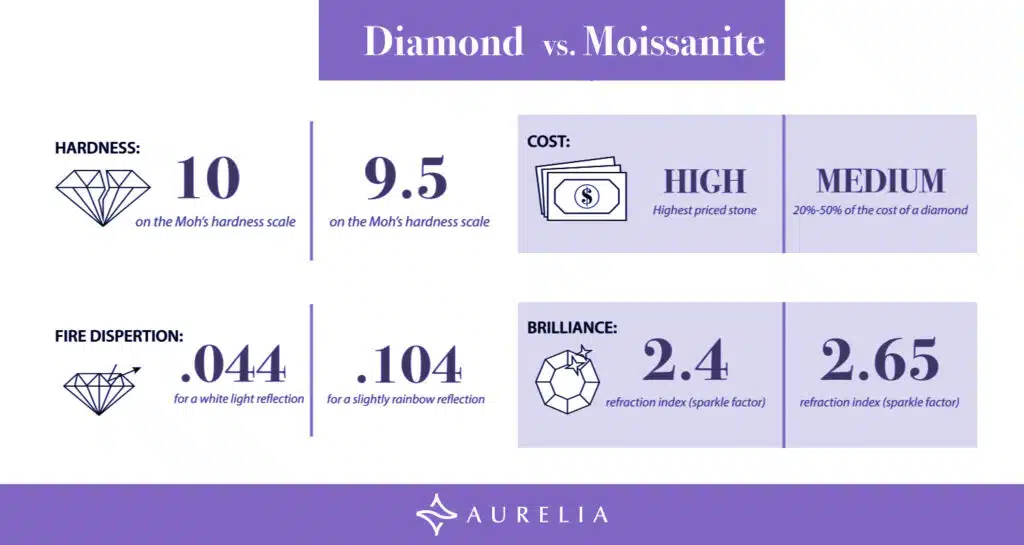
When it comes to durability, diamonds set the gold standard with a Mohs scale rating of 10, the hardest known mineral. Moissanite, at 9.25, is a close second, offering near-diamond toughness that withstands daily wear with ease.
This tiny difference in hardness means Moissanite is slightly less resistant to scratches—only a diamond can scratch it—but for most practical purposes, it’s virtually as durable.
Moissanite’s advantages extend beyond hardness. Affordability is a major win: a 1-carat Moissanite from Charles and Colvard costs around $600, while a comparable diamond can set you back $5,000 or more. Eco-friendliness is another plus—Moissanite is lab-grown, bypassing the environmental and ethical concerns tied to diamond mining. Brilliance is a standout too; Moissanite’s higher refractive index (2.65–2.69 vs. diamond’s 2.42) gives it extra fire and sparkle, especially in sunlight.
On the downside, Moissanite’s slightly lower hardness means it’s not quite as impervious as diamond in extreme scenarios (e.g., contact with diamond-tipped tools). Some also perceive diamonds as having greater prestige due to their rarity and cultural status. However, for most buyers, Moissanite’s durability, cost, and ethical edge make it a compelling alternative. Curious for a deeper dive? Check out our detailed guide on Moissanite vs. diamond to see which gem fits your style.
Moissanite vs. Other Gems

Moissanite’s 9.25 hardness outperforms many popular gems, making it a go-to for jewelry that lasts. Let’s compare it to some common alternatives:
- Sapphire/Ruby (9): These corundum gems are just below Moissanite in hardness, offering excellent durability for daily wear. However, Moissanite’s slightly higher rating gives it a marginal edge in scratch resistance.
Sapphires and rubies are pricier (e.g., $1,000–$3,000 for a 1-carat gem) and often mined, raising ethical concerns compared to lab-grown Moissanite. Moissanite also boasts more sparkle, though sapphires offer vibrant colors. - Cubic Zirconia (8–8.5): Often mistaken for Moissanite, cubic zirconia is softer and less durable, prone to scratches and clouding over time.
At ~$50–$100 per carat, it’s cheaper, but its lower hardness makes it less suitable for heirloom pieces. Moissanite’s superior toughness and brilliance make it a better long-term investment. - Opal (5.5–6.5): With a much lower hardness, opal is fragile, easily scratched, and prone to cracking under impact or temperature changes. While stunning for occasional wear, it’s impractical for daily use compared to Moissanite’s robust 9.25 rating.
- Other Gems: Topaz (8) and quartz (7, e.g., amethyst, citrine) are also softer, wearing down faster under daily abrasion (e.g., from dust, which contains quartz particles). Moissanite outperforms these gems in durability, maintaining its polish and sparkle for decades.
Moissanite’s toughness, per Charles & Colvard, also includes resistance to chipping due to its lack of cleavage planes, unlike diamonds, which can chip under specific impacts. For example, a Moissanite necklace from Charles and Colvard, priced around $500, rivals diamond’s durability while offering ethical and budget-friendly appeal.
The Signature Collection is the heart of Charles & Colvard’s design philosophy—crafted with purpose, integrity, and meaning. Each piece begins with their exclusive Signature Floret, a patented emblem that symbolizes the brand’s deep commitment to sustainability, beauty, and mindful craftsmanship. From recycled precious metals to ethically created gemstones, the Signature Collection is more than just fine jewelry—it’s a statement of values.
WHAT WE LOVE ABOUT IT:
- Signature Floret design featured in every piece—symbolizing quality, ethics, and lasting beauty.
- Crafted using Made, Not Mined™ gems—Forever One™ moissanite and Caydia® lab-grown diamonds.
- All pieces use 100% recycled gold and precious metals.
- Designed with the 4Cs in mind—cut, color, clarity, and carat—to ensure premium standards.
- Unique symbolism behind every element: the seed (gemstone), petals (ethics), and edges (4Cs).
- Offers a refined collection of women’s and men’s rings, bridal sets, necklaces, and more.
- Made in the USA with a focus on sustainability and timeless design.
- Ideal for couples who value both elegance and ethics in their jewelry.
WHAT TO KNOW:
- More limited in style selection compared to broader collections.
- Premium pricing reflects the added craftsmanship and ethical sourcing.
- Best suited for customers seeking symbolic, high-quality pieces rather than trend-driven fashion jewelry.
Resale Value
Durability isn’t just about wear—it impacts a gem’s long-term value too. Moissanite’s 9.25 hardness ensures it stays pristine, boosting its resale potential. According to StoneAlgo (2024), Moissanite retains 50–60% of its original value, meaning a $900 Moissanite ring could resell for ~$450–$540.
Softer gems like opal or cubic zirconia, prone to scratches and wear, typically retain only 20–30% (e.g., $20–$30 for a $100 piece), as damage lowers their appeal.
Diamonds, while durable, often lose 30–50% of their retail value due to high markups and market saturation, especially for non-branded stones. Moissanite’s consistent resale value, driven by its lab-grown predictability and durability, makes it a savvy choice for buyers planning ahead.
Plus, its eco-friendly production aligns with growing demand for sustainable luxury, potentially increasing future resale interest.

Why Moissanite Stands Out
Moissanite’s blend of near-diamond hardness, affordability, and ethical sourcing makes it a versatile gem for modern buyers. Its 9.25 rating ensures it outlasts softer gems like cubic zirconia or opal, while its sparkle rivals or surpasses pricier options like sapphire.
The added perk of strong resale value—thanks to its durability—seals the deal for those seeking a gem that’s both practical and principled.
For instance, a $500 Moissanite necklace from Charles and Colvard can withstand years of wear, from office days to evening outings, without losing its luster. Compare that to a $5,000 diamond necklace, which, while durable, carries a heavier environmental footprint and steeper price tag.
Moissanite’s toughness also supports intricate jewelry designs, as we’ll explore next, making it a favorite for custom pieces.
Why Moissanite’s Hardness Is Perfect for Daily Wear
Your jewelry should keep up with your life—whether you’re typing emails, gardening, or cooking dinner. Moissanite’s durability, with a 9.25 Mohs scale hardness, makes it a rockstar for everyday wear, nearly matching diamond’s toughness. This strength ensures your engagement rings or necklaces stay flawless through life’s hustle.
Take my friend’s story: her Moissanite ring survived a rugged hiking trip, still sparkling like new despite brushes with rocks and dirt.
Moissanite’s 9.25 rating means it resists scratches from daily tasks, like handling quartz-based dust (Mohs 7) or bumping a countertop. Its silicon carbide structure has no cleavage planes, so it won’t chip easily, unlike some diamonds.
Plus, with a melting point of 2730°C, it laughs off heat from cooking or styling tools. StoneAlgo (2024) notes Moissanite retains brilliance for decades, making it ideal for heirlooms.
For example, a 2-carat Moissanite ring from Amazon (~$300) thrives in active lifestyles—always check seller reviews for quality. Moissanite’s toughness shines in reliable Moissanite brands, perfect for jewelry you wear nonstop. From office days to weekend adventures, Moissanite’s hardness keeps your sparkle intact.
Caring for Moissanite to Preserve Its Sparkle
Moissanite’s 9.25 Mohs scale hardness makes it a tough gem, but a little care keeps its sparkle dazzling. With the right maintenance, your Moissanite jewelry stays as brilliant as day one. Grown Leo notes its high scratch resistance reduces upkeep, but these five tips ensure your pieces shine forever.
- Clean Gently: Use warm water, mild dish soap, and a soft toothbrush to remove dirt. Gently scrub and rinse, then pat dry with a lint-free cloth for a pristine glow.
- Avoid Harsh Chemicals: Keep Moissanite away from bleach, chlorine, or abrasive cleaners, which can damage settings or dull metal. Remove your jewelry during cleaning or swimming.
- Store Safely: Store Moissanite pieces in a soft pouch or separate compartment to prevent contact with softer gems, like opal, that could scratch against its tough surface.
- Skip Heavy Tasks: Remove rings during weightlifting, rock climbing, or heavy gardening to avoid impact damage to settings, even though Moissanite itself is nearly indestructible.
- Get Professional Checkups: Visit a jeweler annually for cleaning and inspection to ensure prongs and settings remain secure, keeping your piece flawless.
For example, a Moissanite bracelet from James Allen (~$700) stays radiant with these steps, perfect for daily wear. Want more tips? Our guide on cleaning Moissanite dives deeper into keeping your jewelry sparkling. With minimal effort, Moissanite’s durability ensures lifelong brilliance!
Moissanite’s Hardness in Jewelry Design
Moissanite’s 9.25 Mohs scale hardness isn’t just about surviving daily wear—it’s a game-changer for jewelry design. Ranking just below diamond, this gem’s durability allows jewelers to craft intricate, bold, and timeless pieces that shine in any setting or cut.
Whether you’re dreaming of a sparkling engagement ring, a delicate necklace, or a statement earring, Moissanite’s toughness supports endless creative possibilities.
Let’s explore how its hardness shapes stunning designs and thrives under extreme conditions, making it a top choice for jewelry lovers.
Versatile Designs
Moissanite’s exceptional hardness enables jewelers to experiment with a wide array of cuts and settings, ensuring both beauty and longevity. At 9.25, Moissanite resists scratches and wear during the cutting and polishing process, allowing for precision in even the most intricate designs. This durability translates into a gem that holds its sparkle, no matter the style you choose.
Popular Cuts: Moissanite shines in various cuts, each highlighting its brilliance and fire (refractive index 2.65–2.69, higher than diamond’s 2.42). Here’s a look at how its hardness supports key cuts:
- Round Brilliant: The most popular for engagement rings, this cut maximizes sparkle with 58 facets. Moissanite’s toughness ensures each facet stays sharp, resisting abrasion from daily wear.
For example, a 1.5-carat round brilliant Moissanite pendant from Charles and Colvard (~$800) retains its dazzle through years of use. - Emerald Cut: With long, rectangular facets, this cut demands flawless clarity and durability to avoid chipping at edges. Moissanite’s 9.25 hardness keeps these edges pristine, perfect for sleek, modern rings.
- Cushion Cut: This soft, square cut with rounded corners balances vintage charm and sparkle. Moissanite’s durability ensures the facets don’t dull, even in high-contact pieces like rings.
- Oval and Pear Cuts: These elongated shapes require precise cutting to avoid weak points. Moissanite’s toughness supports their elegant curves, ideal for pendants or earrings.
- Radiant and Princess Cuts: These bold, angular cuts rely on sharp edges for maximum light play. Moissanite’s hardness preserves their crisp lines, making them stunning in statement pieces.
Luxury meets affordability in Charles & Colvard’s On Sale collection. Whether you’re shopping for an engagement ring, a meaningful gift, or a statement piece for yourself, this curated selection offers brilliant savings on some of their most stunning moissanite and lab-grown diamond jewelry. Ethically made, beautifully crafted, and now at even more accessible prices—this is fine jewelry worth acting on.
WHAT WE LOVE ABOUT IT:
- Deep discounts on Forever One™ moissanite, Caydia® lab-grown diamonds, and fine jewelry.
- A wide range of sale items: rings, necklaces, earrings, and bridal sets.
- Same premium standards—lab-created stones and recycled precious metals.
- Perfect opportunity to purchase ethical, high-quality jewelry at lower prices.
- Discounts often range from 15% to 30% or more during major promotional events.
- 100-day return policy still applies to most sale items.
- Ideal for budget-savvy shoppers who don't want to compromise on quality or values.
WHAT TO KNOW:
- Sale items may have limited stock or sizing availability.
- Some pieces may be final sale—check individual product pages.
- Discounts vary and are often seasonal or event-based, so shop early for best selection.
Planderful, a jewelry company notes that Moissanite’s hardness aids jewelry crafting by allowing jewelers to push creative boundaries without fear of damaging the gem.
Unlike softer gems like opal (5.5–6.5), which can crack during cutting, Moissanite handles aggressive shaping with ease, resulting in flawless, high-quality finishes.
Settings That Shine: Moissanite’s durability also supports a range of settings, each enhancing its brilliance while ensuring security:
- Prong Setting: Common in engagement rings, prong settings expose more of the gem for maximum sparkle. Moissanite’s toughness withstands the pressure of prongs, preventing chips during setting or wear. A prong-set Moissanite ring can endure decades of daily use without losing its gem.
- Bezel Setting: This encircles the gem with a metal rim, offering protection for active lifestyles. Moissanite’s hardness ensures it won’t scratch against the metal, maintaining clarity even in snug settings.
- Pavé Setting: Tiny Moissanite stones are set closely together, creating a sparkling surface. The gem’s durability allows for precise setting without fracturing, ideal for intricate bands or earrings.
- Halo Setting: A central Moissanite is surrounded by smaller gems, amplifying brilliance. Its 9.25 rating ensures the centerpiece stays flawless, even with constant exposure.
- Tension Setting: The gem is held by the band’s pressure, a bold choice requiring extreme durability. Moissanite’s toughness makes it perfect for this high-risk design, rare for softer gems.
This versatility makes Moissanite ideal for custom jewelry. For instance, a 1.5-carat Moissanite pendant in a halo setting from Charles and Colvard (~$800) combines intricate craftsmanship with lasting durability, perfect for daily wear or special occasions. Our guide on Moissanite pendants offers more tips for choosing the perfect design.
Forever One™ is Charles & Colvard’s signature moissanite line, offering the highest quality stones they produce. Known for its exceptional brilliance, clarity, and color, Forever One moissanite is available in both colorless (D–F) and near-colorless (G–H–I) options. It’s a popular choice for those seeking a luxurious look without the diamond price tag—crafted with precision and designed to last a lifetime.
WHAT WE LOVE ABOUT IT:
- Premium-grade moissanite with outstanding fire and brilliance.
- Available in a wide variety of shapes and carat sizes.
- Ethically sourced and lab-grown in the USA.
- Comes with a certificate of authenticity and limited lifetime warranty.
- Colorless (D–F) options rival top-tier diamonds in appearance.
- Significantly more affordable than natural or lab-grown diamonds.
- Ideal for engagement rings, wedding sets, and heirloom-quality pieces.
- Resistant to scratching, breaking, and clouding over time.
- Sustainable and eco-conscious—no mining involved.
WHAT TO KNOW:
- Still carries a “moissanite stigma” for some buyers who expect a diamond.
- Slightly different sparkle than diamonds—more fire and rainbow flashes.
- Less resale value than natural diamonds or high-end lab-grown options.
Moissanite’s hardness also supports mixed-metal designs, where gems are set in softer metals like gold (Mohs 2.5–3) or platinum (4–4.5). Unlike softer gems that might scratch against metal, Moissanite remains unscathed, preserving the piece’s overall beauty.
Its durability even allows for unconventional designs, like openwork filigree or multi-stone clusters, where gems face higher exposure to impact or abrasion.
Extreme Conditions and Moissanite
Moissanite’s 9.25 hardness isn’t just about scratches—it thrives under extreme conditions that would damage lesser gems. Its silicon carbide structure boasts a melting point of 2730°C, far exceeding typical environmental heat (e.g., a kitchen stove at ~300°C).
This heat resistance ensures Moissanite stays pristine in scenarios like cooking or working near heat sources, where softer gems like opal might crack or discolor.
Chemically, Moissanite is equally robust. Charles and Colvard confirms it resists acids, alkalis, and common household cleaners, unlike pearls (2.5–4.5) or turquoise (5–6), which degrade in acidic environments.

For example, a Moissanite ring worn while washing dishes with detergent or gardening in soil remains unaffected, its sparkle untouched by chemical exposure. Compare this to opal, which can crack near a hot stove or absorb oils, losing its sheen.
This resilience makes Moissanite ideal for active lifestyles or demanding environments. Imagine a chef wearing a Moissanite engagement ring in a bustling kitchen—its 9.25 hardness and heat resistance keep it flawless despite steam, heat, and grease.
Similarly, a hiker or athlete can wear a Moissanite necklace without worrying about scratches from branches or sweat-induced corrosion, unlike softer gems that dull or pit.
Moissanite’s durability also extends to extreme physical stress. Its lack of cleavage planes—unlike diamonds, which can split along specific lines—means it resists chipping from impacts. A Moissanite earring dropped on a tile floor or a ring knocked against a gym weight is far less likely to fracture than a sapphire or emerald (9, but with cleavage risks).
This toughness ensures Moissanite jewelry remains a lifelong investment, even for those with rugged routines.
The gem’s ability to handle extreme conditions also enhances its appeal for travel jewelry. A Moissanite pendant can endure tropical humidity, desert heat, or salty ocean air without tarnishing or degrading, making it a worry-free choice for globetrotters.
Its chemical stability even protects against sunscreen or perfume, common culprits for damaging softer gems like amethyst or citrine .
Why Moissanite Excels in Design
Moissanite’s 9.25 hardness unlocks a world of design possibilities, from classic solitaires to avant-garde multi-stone pieces. Its ability to withstand cutting, setting, and extreme conditions ensures every piece—whether a ring, earring, or bracelet—remains as stunning as the day it was made.
Jewelers love working with Moissanite because its durability minimizes risks during crafting, allowing for bolder, more intricate designs that softer gems can’t support.
For buyers, this means freedom to choose jewelry that matches their style and lifestyle without sacrificing durability. A Moissanite ring with a radiant cut in a tension setting or a pavé band with tiny stones can handle years of wear, from office meetings to outdoor adventures.
Its heat and chemical resistance add peace of mind, ensuring your jewelry stays flawless in any environment.
Charles & Colvard is a pioneer in the moissanite jewelry space, being the original creator of lab-grown moissanite gemstones. With decades of experience, they offer a wide range of affordable yet brilliant alternatives to diamonds, especially for engagement rings. Their commitment to ethical sourcing and U.S.-based craftsmanship has made them a trusted name in moissanite.
WHAT WE LOVE ABOUT THEM:
- One of the most established and trusted moissanite brands.
- All stones are lab-grown and made in the USA.
- Generous 100-day return policy.
- Free shipping within the U.S.
- Lifetime limited warranty on stones.
- Frequent sales and promotions, making their prices highly competitive.
- Offers Forever One™ moissanite, known for its premium color and clarity.
- Financing options available through Affirm.
- Sustainability-focused brand with ethical sourcing practices.
WHAT TO KNOW:
- Limited options compared to multi-brand platforms like James Allen.
- Website user experience can feel dated.
- Custom design options are more limited than competitors.
FAQs on Moissanite Hardness
These FAQs tackle your top questions about Moissanite’s durability, comparisons, and value, drawn from Google’s “People Also Ask.” Get clear, personalized answers to choose the perfect gem with confidence.
Conclusion
Moissanite’s 9.25 Mohs scale hardness makes it a gem that shines through life’s moments, from daily routines to special occasions. Nearly as tough as diamond, this eco-friendly marvel resists scratches and wear, ensuring your engagement rings, necklaces, or earrings stay brilliant for decades.
Its affordability—think $600 for a sparkling 1-carat stone versus $5,000 for a diamond—pairs with sustainable lab-grown origins, perfect for conscious jewelry shopping. We’ve explored how Moissanite’s durability supports dazzling cuts, sturdy settings, and even extreme conditions, all while requiring minimal care.
Whether you’re drawn to its fire or its value, Moissanite delivers lasting sparkle without compromise. Ready to find your perfect piece?
Shop stunning Moissanite jewelry at James Allen or Charles and Colvard for durable, ethical brilliance that’s yours to cherish forever!


